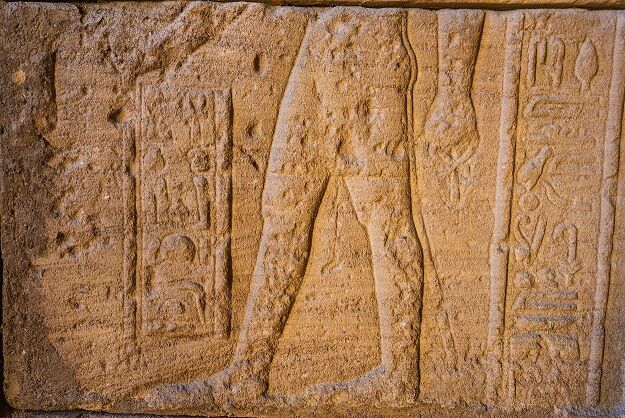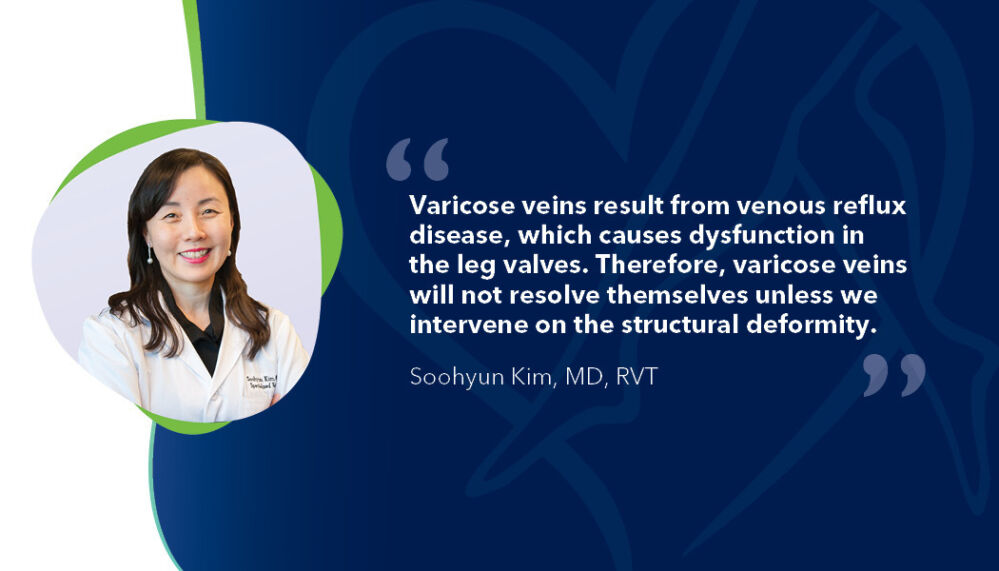Varicose veins can manifest in various ways. If you experience any of these top ten varicose vein symptoms, it’s time to consult a vein specialist.
Roughly 23 percent of adults in the U.S. have varicose veins. Yet for such a common condition, many are unaware of the top ten symptoms of varicose veins. And if you don't recognize the symptoms, you might only seek treatment once it's too late.
The top ten varicose vein symptoms
Varicose veins develop when tiny valves inside the leg veins weaken and can no longer effectively move blood upward to the heart. As a result, blood pools in the veins, causing various side effects. Everyone experiences varicose veins differently, but here’s a look at the ten most common varicose vein symptoms.
Bulging leg veins. Thickly knotted, protruding blue and purple veins on the leg or feet are the most common and visible varicose vein symptoms.
Leg swelling. When blood pools in the veins, it forces fluid to leak into the surrounding tissue, causing noticeable leg swelling.
Leg pain. All that trapped blood leads to high blood pressure in the veins, which causes pain, cramping, and throbbing.
Heaviness. In addition to pain and cramping, your legs may feel heavy, especially toward the end of the day.
Burning sensation. As the blood pools and causes the veins to swell, you may feel a burning sensation on your skin.
Itchiness. Swelling prevents nutrient-rich blood from nourishing the skin, leading to itchiness.
Changes in skin color. Venous stasis dermatitis or venous eczema often develops along varicose veins. A buildup of fluids in the tissue blocks oxygenated blood from reaching the skin. When the skin lacks oxygen, it may darken and become thicker. The skin may turn red as capillaries burst due to high blood pressure.
Venous ulcers. In more advanced cases of venous insufficiency, venous ulcers can form either due to high blood pressure in the vein that causes the skin to break open or the skin’s inability to heal due to a lack of oxygen.
Restless leg syndrome. Restless leg syndrome (RLS) is an uncontrollable urge to move your legs to stop unpleasant sensations, especially at night. While RLS can be a standalone condition, many patients with varicose veins experience RLS symptoms when trying to rest.
Blood clots. A potentially serious complication of varicose veins is a blood clot. The cells can cluster together and form a clot when blood doesn’t flow smoothly through the vein. A clot in a deep leg vein is known as deep vein thrombosis (DVT). Treatment is needed to prevent the clot from traveling to the lungs and causing a pulmonary embolism.
The good news is that you don’t have to live with these symptoms! Varicose veins can be eliminated using several minimally invasive surgical procedures performed by a board-certified vascular specialist.
Treat your varicose veins now!
Now that you know how to identify the symptoms of varicose veins, don’t delay treatment if you’re experiencing any of the signs. The physicians at Center for Vein Restoration (CVR) are highly qualified to develop a treatment plan that uses conservative and surgical methods to eliminate the unsightly look and discomfort of varicose veins.
Contact your nearest CVR location today to schedule a consultation or speak to a representative. You may also schedule online at your convenience.

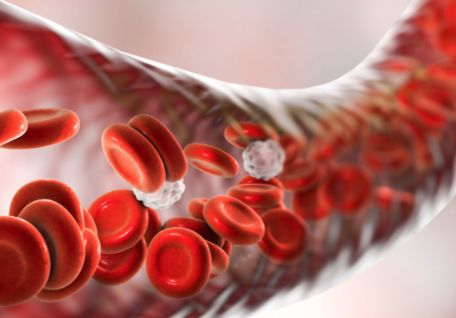 About Vein Disease
About Vein Disease
 Spider Veins
Spider Veins
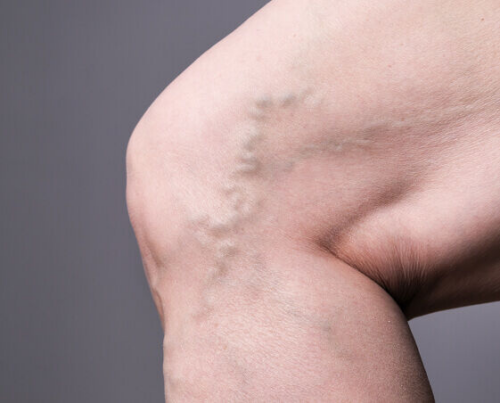 Varicose Veins
Varicose Veins
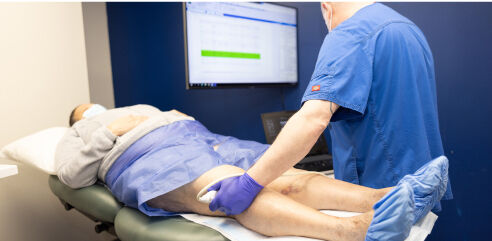 Vein Disease Treatments
Vein Disease Treatments
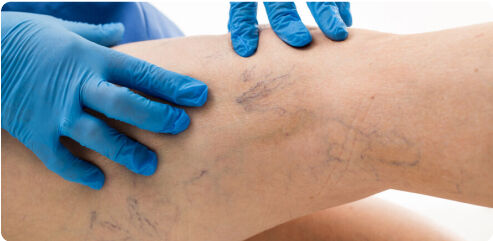 Treating Spider Veins
Treating Spider Veins
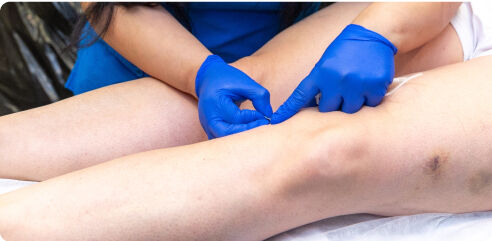 Treating Varicose Veins
Treating Varicose Veins
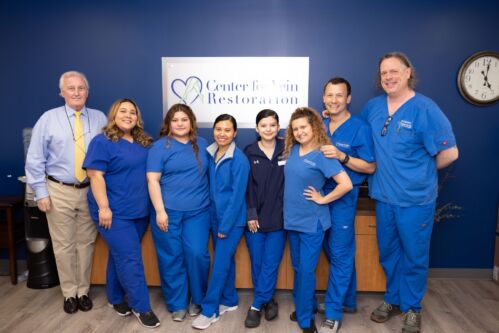 About Us
About Us
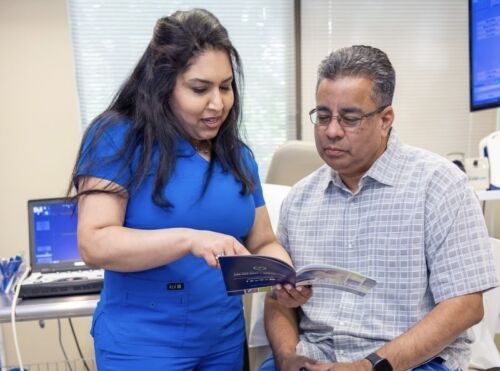 Patient Resources
Patient Resources
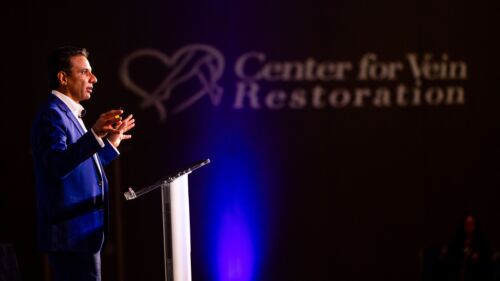 Physician Resources
Physician Resources

